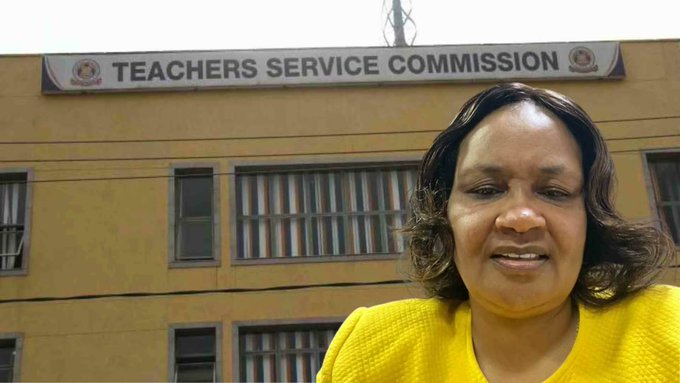Kenyan Schools Graple With Over 100,000 Teachers Shortage – Report.
A report by Usawa Agenda and Zizi Afrique has revealed a shortage of over 100,000 teachers in Kenya’s education sector, raising big questions about the sustainability and quality of learning outcomes.
The report, which is a data-driven assessment of education infrastructure and human resource distribution, identifies teacher shortage, inadequate learning facilities and poor sanitation as major obstacles to implementation of Competency Based Curriculum (CBC) and overall delivery of quality education.
According to the findings, the biggest staffing gaps are in Junior Secondary Schools (JSS) and secondary schools. Only 18,378 teachers have been posted to JSS against a required 83,899 leaving a deficit of 65,521.
In secondary schools, the current number of posted teachers is 24,569 against a required 188,378 leaving a deficit of 163,809. Technical training institutions are also affected with a shortage of 672 instructors. Primary schools are overstaffed by 18,194 teachers.
The report also highlights severe infrastructure deficits. 1,600 schools that are supposed to host Grade 9 learners do not have science laboratories which are critical for CBC delivery. Only 33.9% of schools nationwide offer Computer Studies which is now a compulsory subject under the new curriculum. Of these, 92.9% are from Cluster 1 (former national schools) while 17% are from Cluster 4 (former sub-county schools).
Sanitation is also a big issue. The national average learner-to-toilet ratio is 66:1 for boys and 62:1 for girls which is way above the Ministry of Education’s recommended 30:1 for boys and 25:1 for girls. The report warns that such conditions affect students’ health, dignity and time management during school hours.
Usawa Agenda Executive Director Dr. Emmanuel Manyasa said such infrastructure and staffing disparities severely hinder the equitable implementation of CBC. Dr. Manyasa added that congestion and poor sanitation directly affect learners’ school experience and performance.
But the Ministry of Education has disputed some of the figures in the report. Basic Education Principal Secretary Ambassador Professor Julius Bitok said the report’s teacher shortage statistics are wrong, citing government data that shows 434,000 teachers have been employed to serve 1.2 million learners.
Prof. Bitok said this translates to a pupil-teacher ratio of 1:29 which is within UNESCO guidelines of 1:35 for secondary education and 1:25 for primary education.
Prof. Bitok said the ministry has already mapped the 1,600 schools without laboratories. He said construction will start in three months and by January 2026 all public schools will be fully equipped.
The report highlights the need for coordinated effort between government agencies, development partners and education stakeholders to address the existing systemic weaknesses that threaten quality and equity in education in Kenya.
Kenyan Schools Graple With Over 100,000 Teachers Shortage – Report.
